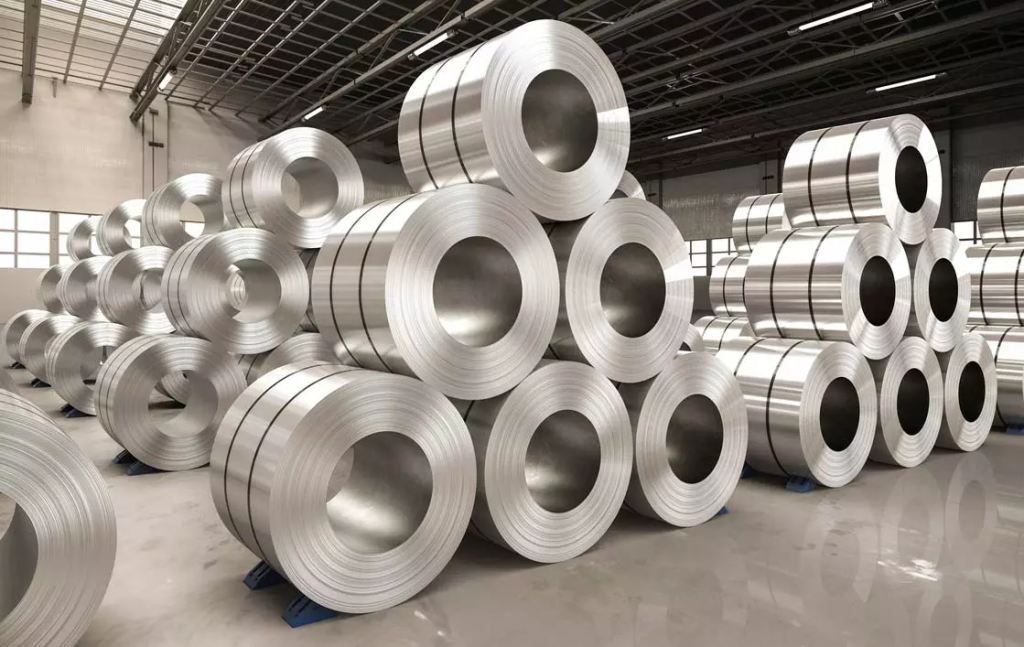导言
Aluminum coil, as a vital metal material, finds extensive applications in industrial production and construction sectors. However, occasionally, during the cooling process after high-temperature processing, aluminum coil may encounter warping issues, affecting subsequent processing and usage. This article delves into the reasons behind aluminum coil warping after high-temperature cooling and proposes corresponding solutions.

Analysis of Causes
During the cooling process after high-temperature processing, aluminum coil may experience uneven temperature changes, leading to temperature differentials between the inner and outer surfaces. This discrepancy can result in uneven contraction and deformation, particularly in cases of uneven heating or single-side heating, making aluminum coil prone to bending or warping.
Material Selection
Choosing suitable aluminum coil material is paramount in addressing warping issues. High-quality aluminum coil materials feature uniform microstructure and stable properties, minimizing deformation after high-temperature cooling. It is recommended to select high-quality aluminum coil materials from certified suppliers to ensure product quality and stability.
Control of Heating Temperature and Speed
Controlling the heating temperature and speed during processing is critical in reducing aluminum coil warping. Avoiding rapid or excessively high temperature changes and ensuring uniform heating of the aluminum coil as much as possible can reduce temperature differentials between the inner and outer surfaces, thereby minimizing warping occurrences.
Use of Auxiliary Devices
During high-temperature processing and cooling, employing auxiliary devices can help control the shape and deformation of aluminum coil. For instance, utilizing roller conveyance systems or tension control devices can maintain stable shape and tension of the aluminum coil during processing, reducing the occurrence of warping.
Optimization of Process Parameters
Optimizing process parameters such as heating temperature, heating time, and cooling speed can effectively mitigate aluminum coil warping after high-temperature cooling. Adjusting process parameters based on specific processing requirements and aluminum coil material characteristics ensures process stability and consistency.
结论
Aluminum coil warping after high-temperature cooling is attributed to uneven temperature changes. Addressing this issue requires comprehensive consideration of material selection, processing control, use of auxiliary devices, and process parameter optimization. By selecting high-quality materials, controlling heating temperature and speed, utilizing auxiliary devices, and optimizing process parameters, aluminum coil warping issues can be effectively reduced, enhancing product quality and production efficiency.